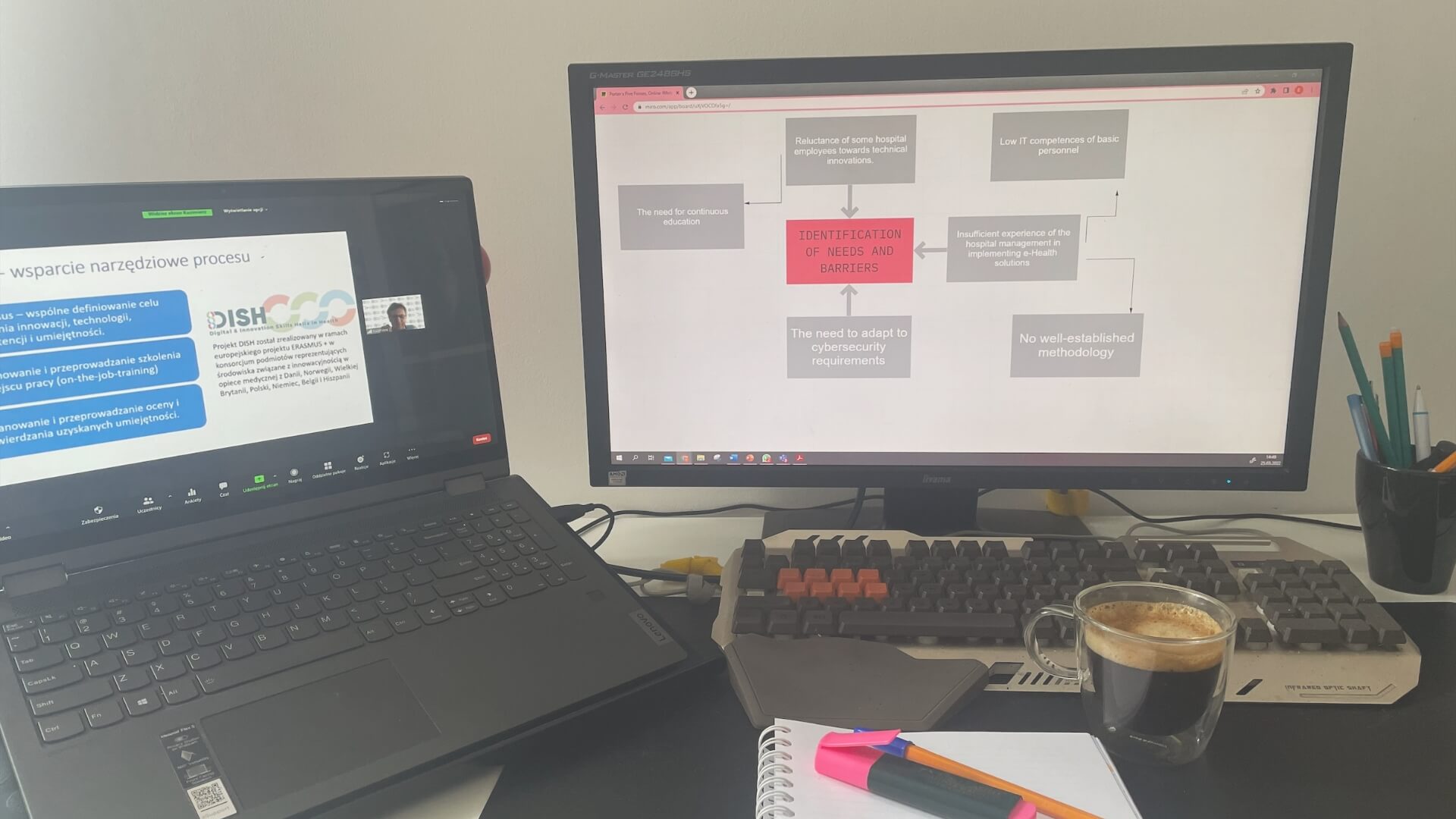Overview
John Paul II Podhalański Specialist Hospital in Nowy Targ and Adult Learning Centre aimed at improving the health & care system in terms of efficiency and electronic circulation documentation. This included speeding up the retrieval of patient records from the database and streaming report and analysis creation, for stronger data protection and an increased cybersecurity level amongst health & care professionals.
Using the Digital & Innovation Skills Helix concepts—otherwise known as “DISH”—medical professionals met the challenges that would prevent them from achieving the aforementioned objectives. In particular, the main issue was the lack of IT competencies amongst the staff and a shortage of e-Skills in managing the electronic data exchange environment. In addition, distrust in technical innovations and the need for continuous education, which had stemmed from a lack of previously implemented on-the-job training, compounded the problem. There was no proper procedure in place that would resolve these concerns and ultimately lead to desired outcome and effects.
Therefore, the institution worked on carrying out a pro-development training programme that would raise awareness of risks resulting from unsecured medical data. At the same time, a programme of this kind would undertake the endeavour to expand upon professionals’ ability to detect potential pitfalls and respond to foreseen threats in a timely and effective manner. The DISH concepts allowed us to fill in the gaps and provide direction; standardise actions to address barriers in cybersecurity organisational practices; and strengthen weak links in processes. As a consequence, the institution could further fortify its level of cybersecurity, minimise costs for training development, and enjoy a period no cybersecurity incidents that would arise due to a human factor amongst professionals.

